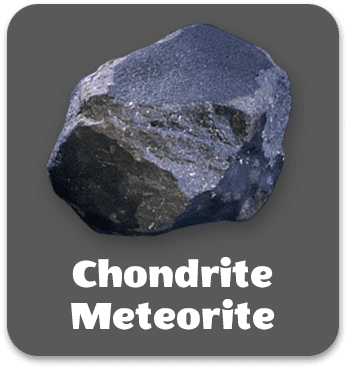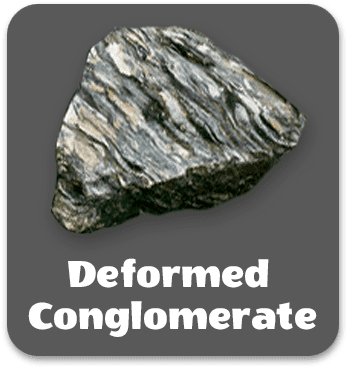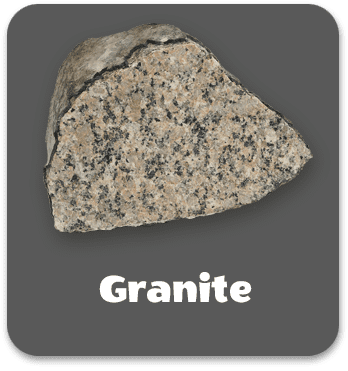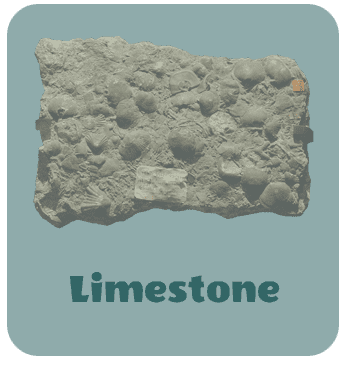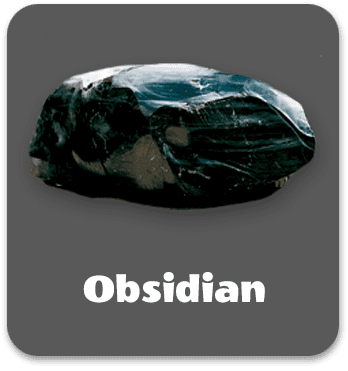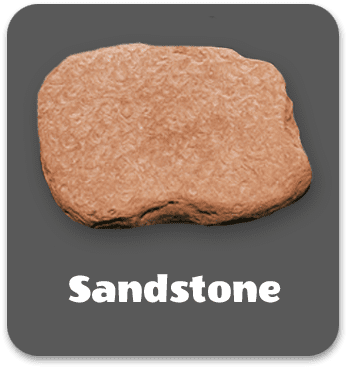If Rocks Could Talk
Limestone
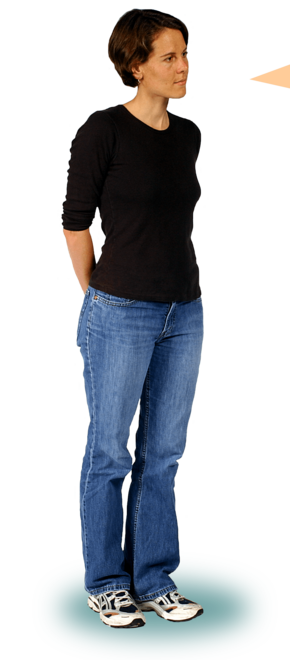
Rondi: Let's meet Limestone. Limestone is a sedimentary rock made almost entirely of fossils. Fossils are the remains of ancient plants and animals, like an imprint in a rock or actual bones and shells that have turned into rock. Fossils are found in sedimentary rocks and hold the clues to life on Earth long ago.
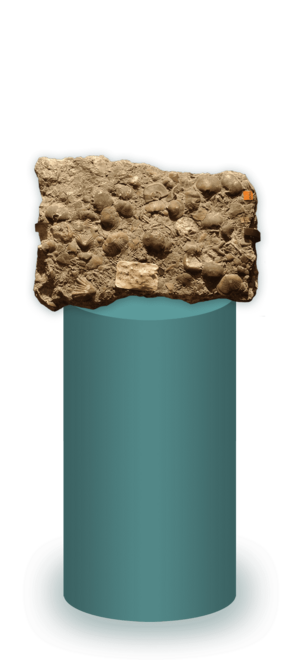
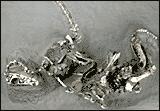
Limestone: You humans would know so little without rocks like me. After all, fossils of extinct animals like dinosaurs and woolly mammoths are found in sedimentary rocks. Without us, you'd never know these animals ever existed. Why do you think we're the rocks that fossil hunters are always looking for?
Rondi: Yes, we Earth scientists owe a lot to you sedimentary rocks. But tell us about your own fossils, Limestone.
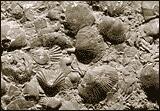
Limestone: Well, these are not just ANY fossils. My fossils are mostly brachiopods, ocean animals that became extinct millions of years ago. Brachiopods had shells and were found in large groups on the shallow ocean floor. They were like the clams and oysters we know today.
Rondi: So, how did you form from these brachiopods?
Limestone: Well, I'm made of the shells of brachiopods. The living parts of the animal are long gone.
Rondi: And how did all those shells turn into rock?
Limestone: Over time, the shells and skeletons of tiny organisms like brachiopods built up on the seafloor. These shells and skeletons were made of the mineral calcite. The layers of calcite fragments pressed down on top of each other.
Rondi: The weight of all those layers must have been intense.
Limestone: It was. All the water was squeezed out, and the layers of calcite fragments were cemented into rock. What's left was limestone, made of calcite crystals. Of course, there were many of the original shells left, too.
Rondi: Do all limestones have visible fossils?
Limestone: No, they don't. And few have as many as I do. I don't mean to brag, but will you look at me? I'm basically MADE of fossils!
Rondi: I know that limestone forms in warm, shallow, quiet waters like reef environments. How do you explain that you were found near Cincinnati, Ohio?
Limestone: Well, Rondi, that's because when I was formed, around 500 million years ago, Ohio was under an ocean.
Rondi: How do we know that?
Limestone: Well, because of rocks like yours truly. Scientists know that I had to be formed in the ocean, so they have concluded that Ohio was under the sea long ago.
Rondi: It's just another example of the astonishing things you can discover from rocks like you.
Limestone: That's true. In fact, you can think of sedimentary rocks as time capsules of Earth's history.
Rondi: Time capsules?
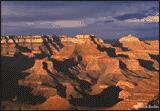
Limestone: Sure! Think of the Grand Canyon. There you can see many different layers of rock that formed on top of each other over millions of years. As you explore lower and lower layers, you're really going back in time.
Rondi: How do we know how old each layer is?
Limestone: The fossils help us figure it out. If we know when the fossilized animal lived, we know that the rock, or the layer in which the fossil was found, is about the same age.
Rondi: Like the brachiopods?
Limestone: That's right. In fact, that's one way that scientists determined my age. They know when brachiopods lived on Earth. So they know I formed at about the same time, which is about 500 million years ago.
Rondi: Thanks, Limestone. I always learn so much talking to you and the other rocks here at the Museum.
Limestone: Other rocks?!
Rondi: You know, all the rocks here have stories to tell, Limestone. But yours is certainly one of the most interesting.
Limestone: I imagine it is. Well, if you ever have any questions, I'm your rock. Do stop by again.
Image Credits:
Photos: All images: courtesy of AMNH




 Biodiversity
Biodiversity
 Brain
Brain
 Genetics
Genetics
 Marine BiOLogy
Marine BiOLogy
 MicrobiOLogy
MicrobiOLogy
 PaleontOLogy
PaleontOLogy
 ZoOLogy
ZoOLogy
 AnthropOLogy
AnthropOLogy
 ArchaeOLogy
ArchaeOLogy
 Astronomy
Astronomy
 Climate Change
Climate Change
 Earth
Earth
 Physics
Physics
 Water
Water

